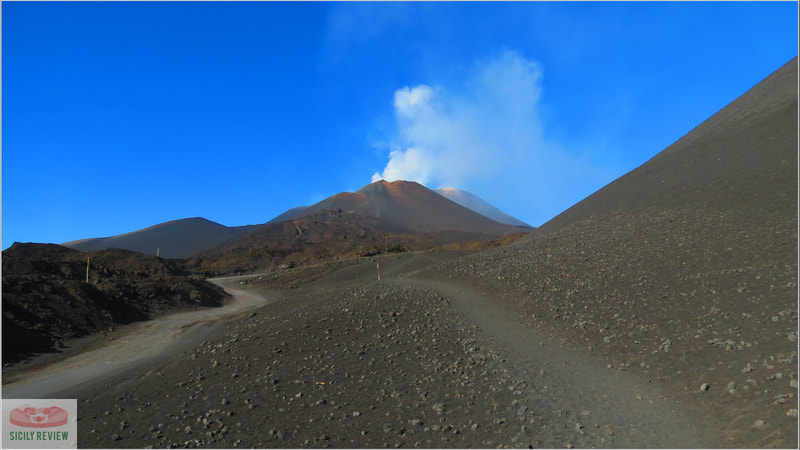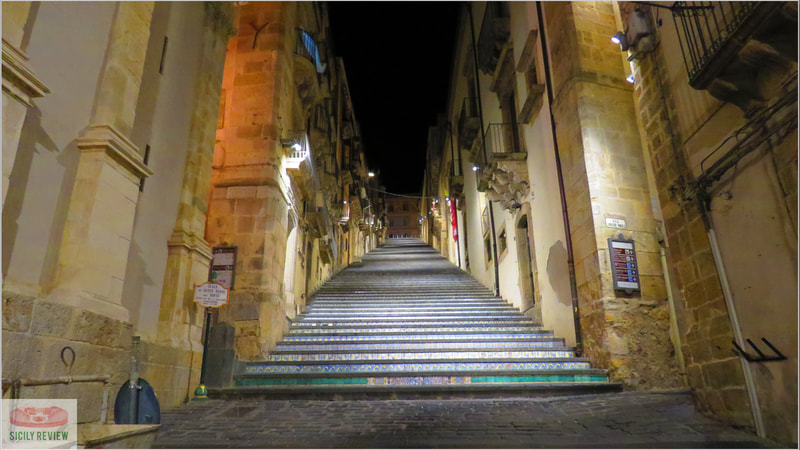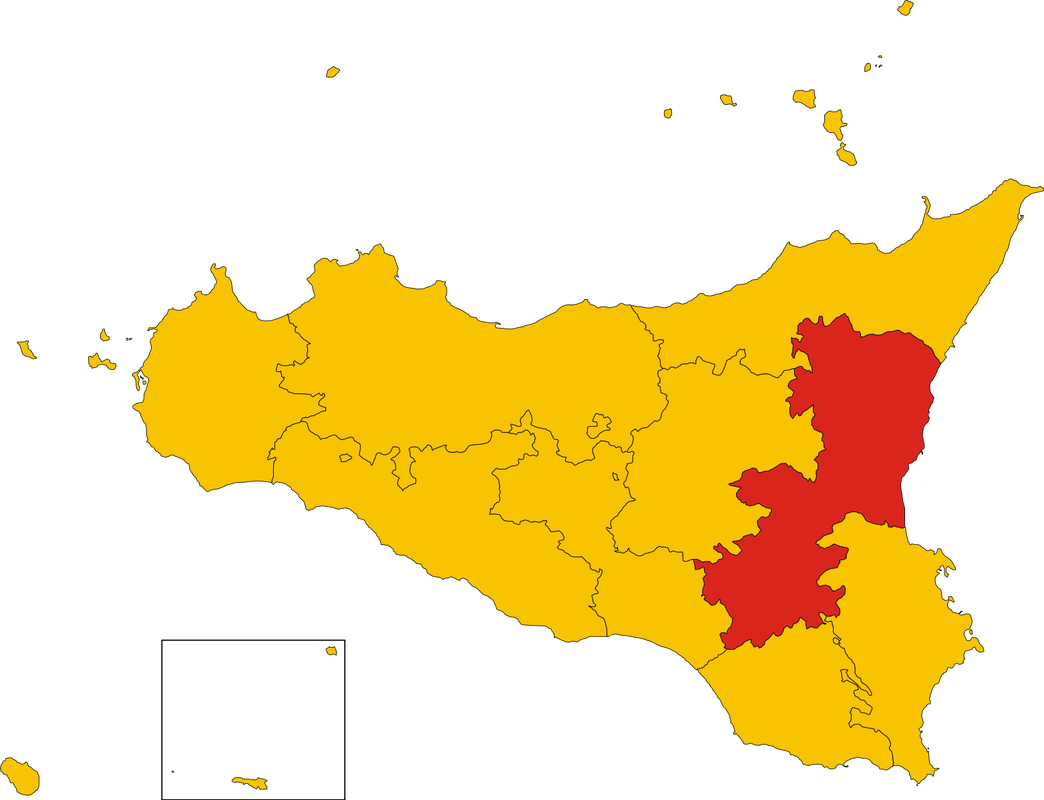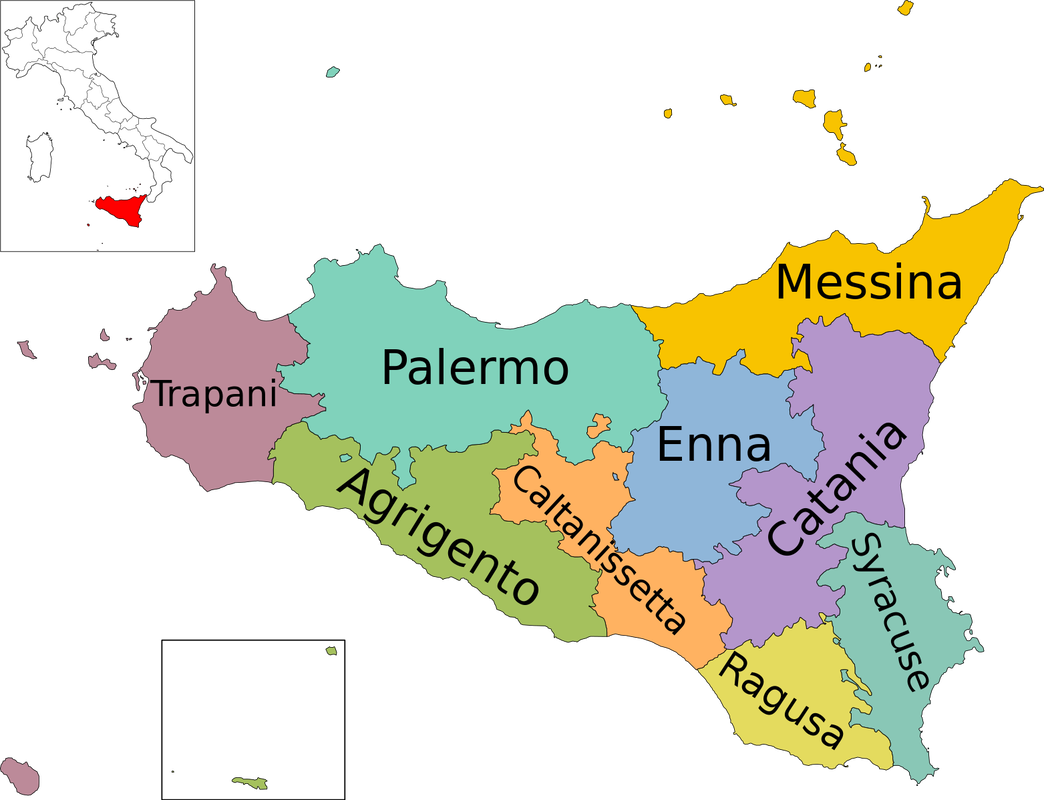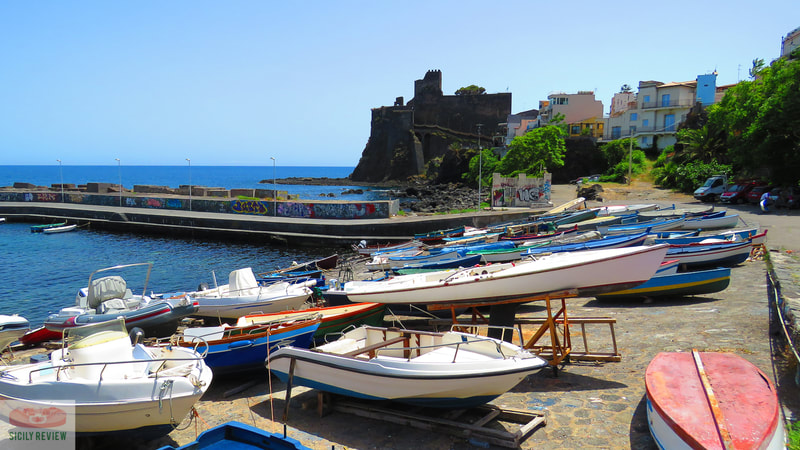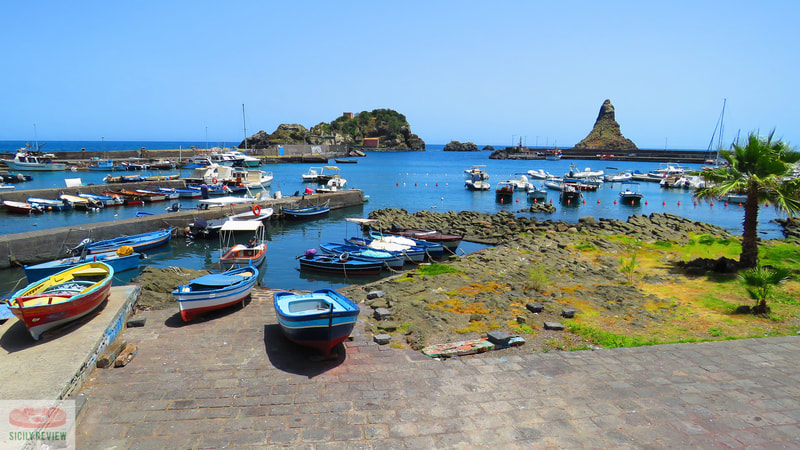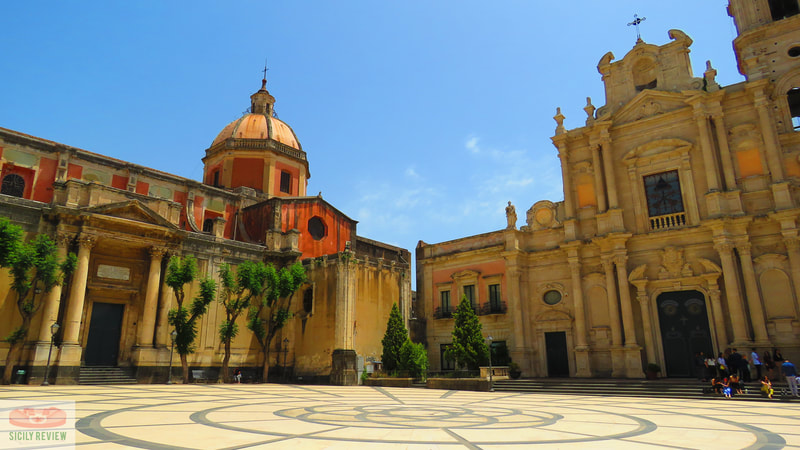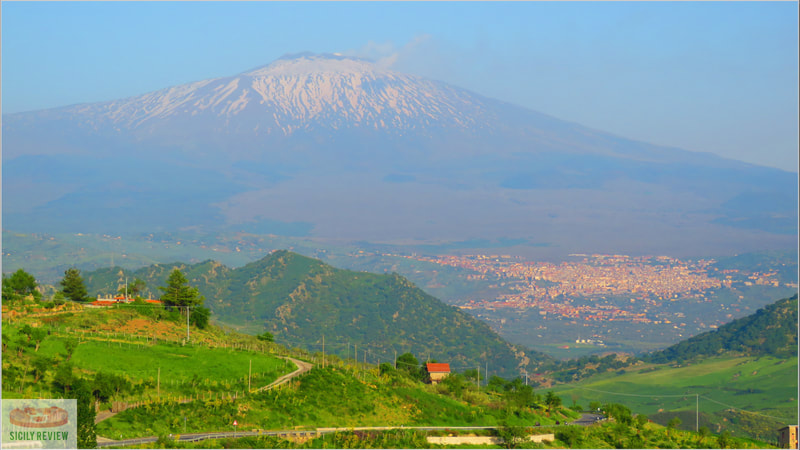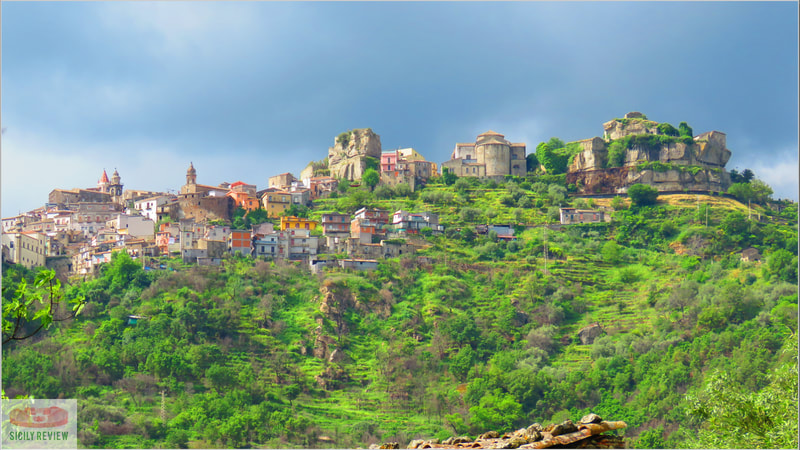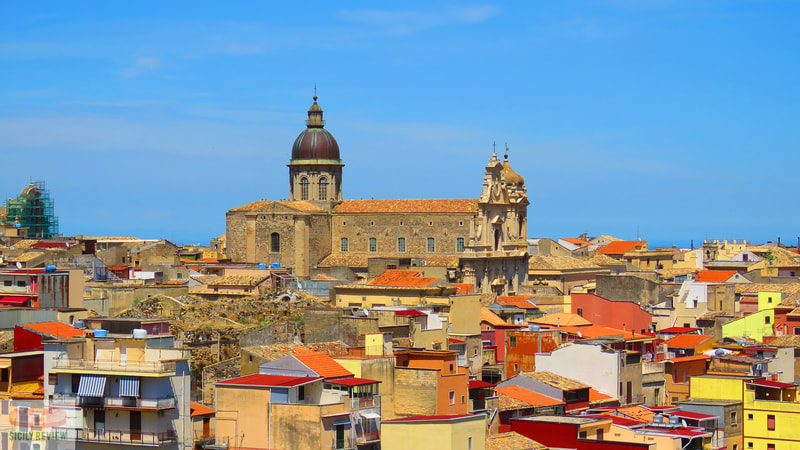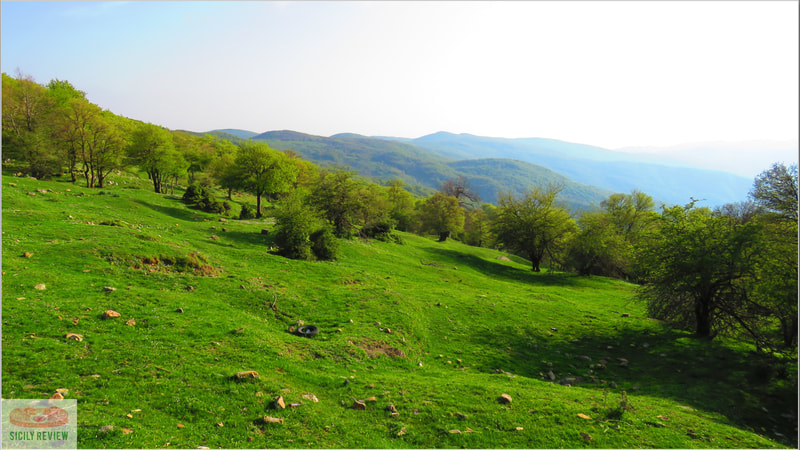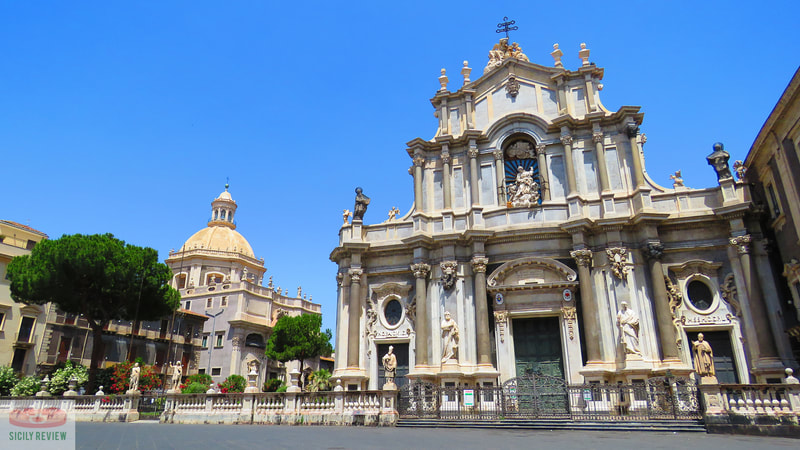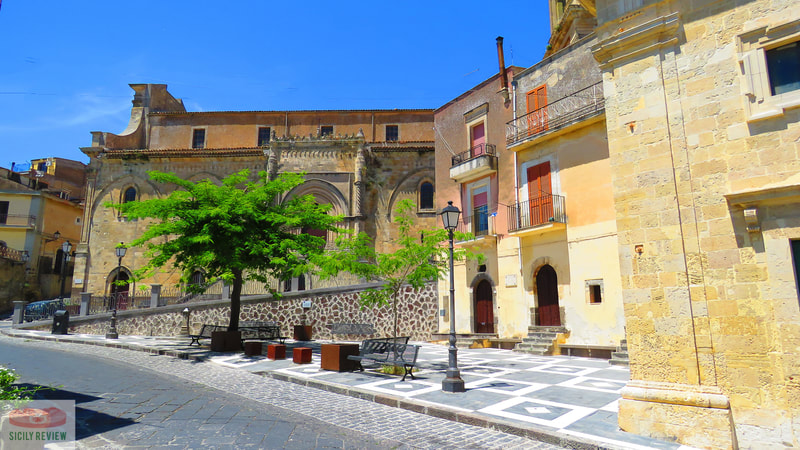Metropolitan City of Catania
|
By Dion Protani
|
Latest update: 23 October 2023
|
|
The Metropolitan City of Catania province occupies a geographical area of 3,573 square kilometres including the city of Catania itself, the provincial capital.
Within the province there are 58 provincial towns, known as communes (comune singular or comuni plural in Italian), containing a total population of around 1,100,000 inhabitants. |
Aside from the beautiful city of Catania, among the highlights in the province are the volcano of Mount Etna, the historic towns of Caltagirone and Acireale as well as the seaside town of Aci Trezza.
Related links
Profile
The Metropolitan City of Catania is located on the eastern coast of Sicily, Italy. It is named after its capital city, Catania, which is the second-largest city in Sicily after Palermo. The province is known for its rich history, stunning landscapes, and the majestic presence of Mount Etna, the highest active volcano in Europe.
History
The history of the Catania region dates back to ancient times when it was originally settled by the Sicels, an ancient Italic tribe. Later, it was conquered by the Greeks, Romans, Byzantines, Arabs, Normans, and Spanish, all of whom left their mark on the region's culture, architecture, and traditions.
Throughout history, Catania has been a flourishing city with a strategic location near the Mediterranean Sea and the fertile slopes of Mount Etna.
Throughout history, Catania has been a flourishing city with a strategic location near the Mediterranean Sea and the fertile slopes of Mount Etna.
Highlights
- Catania City: The city of Catania itself is a vibrant and bustling urban center. It boasts a wealth of historical and architectural landmarks, including the imposing Catania Cathedral, the ornate Fontana dell'Elefante (Elephant Fountain), and the picturesque Piazza del Duomo.
- Mount Etna: The majestic Mount Etna is an iconic symbol of Sicily and a must-visit for nature lovers and adventure seekers. Visitors can take guided tours to explore its lava fields, craters, and lava caves. Additionally, the fertile volcanic soil around Etna contributes to the region's excellent wine production.
- Taormina: While not directly part of the Metropolitan City of Catania, the famous resort town of Taormina is easily accessible from Catania and makes for an excellent day trip. Perched on a hilltop overlooking the sea, Taormina is renowned for its ancient Greek Theatre, beautiful gardens, and stunning views.
- Beaches: The coastline of Catania offers beautiful beaches, some of which are known for their dark volcanic sands. Popular beach towns like Giardini Naxos and Aci Trezza attract both locals and tourists seeking relaxation and water sports.
- Baroque Architecture: Catania is known for its magnificent Baroque architecture, particularly evident in buildings like Palazzo Biscari and the Church of San Nicolò l'Arena. A stroll through the city reveals numerous elegant Baroque facades.
- Catania's Cuisine: The local cuisine of Catania is deeply rooted in Sicilian tradition, offering an array of delicious dishes such as arancini (stuffed rice balls), pasta alla Norma, and the famous granita (a semi-frozen dessert).
- Festivals: Catania hosts various festivals throughout the year, including the feast of Saint Agatha, the city's patron saint. The celebration in early February attracts thousands of visitors to witness the grand procession.
Città Metropolitana di Catania
Neighbouring provinces: Metropolitan City of Messina, Enna, Caltanissetta, Ragusa, Syracuse

